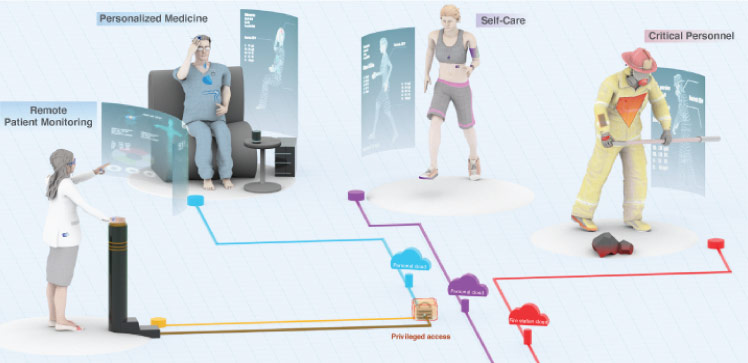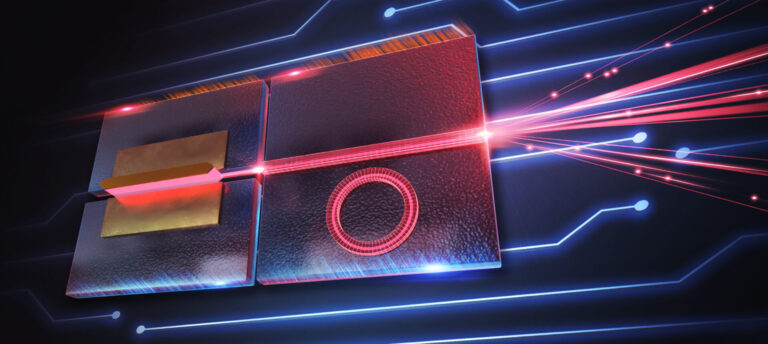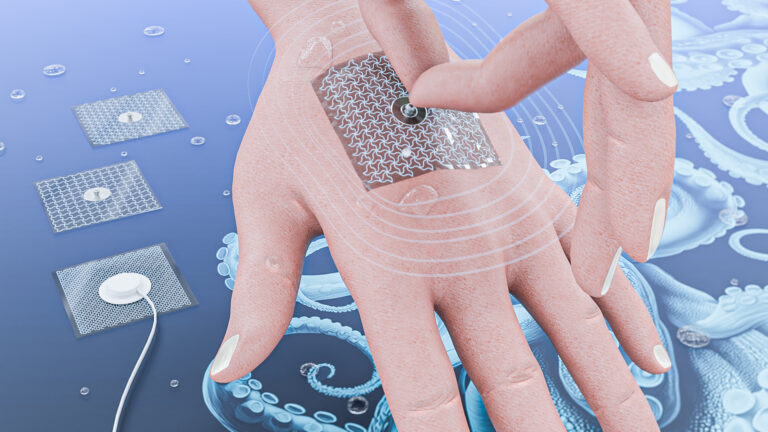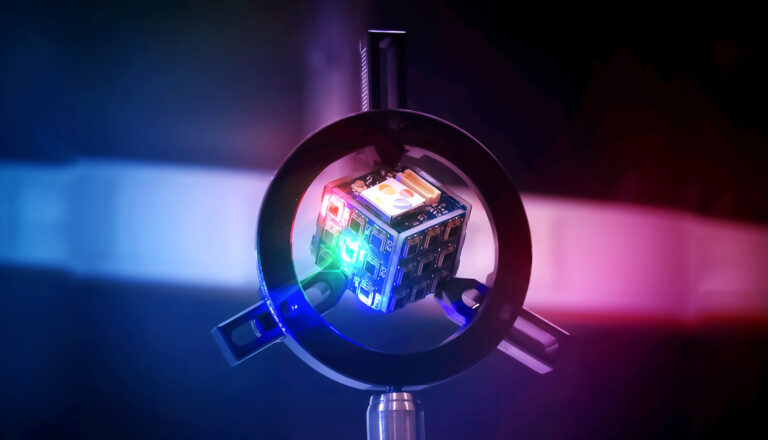Electrical Engineering
Connect the internet of bodies
A network of body monitoring devices connected using our own tissue could form the basis for the internet of bodies (IoB).

Human body communication (HBC) that takes advantage of the mostly conductive features of body tissues can provide highly secure and power-efficient data transmission among wearable, implanted and ingested medical devices, KAUST researchers have shown1. The findings open the way for the interconnection of long-lasting wireless devices as the foundation for the Internet of bodies (IoB).
The Internet of Things (IoT) is a technology framework in which a myriad of devices can be interconnected to provide seamless functionality and unprecedented depth of data on the world around us. Autonomous vehicles and smart homes, for example, rely on IoT technologies for monitoring and control. But what if the same idea could be applied to monitoring our own bodies and alerting us to health signals? That is the concept behind the IoB.
“The IoB is a network of wearable, implantable, ingestible and injectable smart objects that allows for in-, on- and off-body communications,” says Ahmed Eltawil. “For example, smartwatches, smart shoes, pacemakers and cochlear implants could be interconnected to monitor our biomarkers.”
However, interconnecting these devices using radio waves like those used in Wifi networks — the conventional go-to technology for such applications — can produce stray outward signals that could allow eavesdropping or biohacking, as well as using excess energy.
Through a systematic investigation of potential IoB interconnection technologies1,2, Eltawil and colleagues Abdulkadir Celik, Abeer Alamoudi and Khaled Salama revealed HBC to be the most promising.
“HBC uses harmless tiny electrical signals to transmit data through conductive body tissue,” says Celik. “Not only does HBC use a thousand times less energy per bit than radio, it also benefits from much better channel quality.”
The potential of HBC is not just limited to interdevice networking, however; due to the unique conductance characteristics of each person, the technology could also be used for bioauthentication, just like a fingerprint.
“Imagine a scenario where simply touching a car steering wheel or the keys on your laptop can continuously authenticate that you are the owner,” says Celik.
The researchers suggest that IoB using human body channels could be a disruptive technology in many sectors, such as personalized healthcare, remote patient monitoring, smart homes, assisted independent living, occupational health and safety, fitness, sport and entertainment.
“While numerous technical challenges still need to be addressed, such as developing robust, seamless interfaces between the sensor and the human body, HBC certainly opens the possibility of realizing extremely compact, cheap, low-power body sensors,” Eltawil says.
References
- Celik, A, Salama, K.N. & Eltawil, A.M. The Internet of Bodies: A systematic survey on propagation characterization and channel modeling. IEEE Internet of Things Journal.| article
-
Alamoudi, A. Celik, A. & Eltawil, A.M. Energy efficient capacitive body channel access schemes for Internet of Bodies. Proceedings of the IEEE Global Communications Conference (GLOBECOM), Madrid, Spain, December 2021.| article
You might also like

Bioengineering
Sensing stress to keep plants safe

Computer Science
Sweat-sniffing sensor could make workouts smarter

Electrical Engineering
New tech detects dehydration by touching a screen

Electrical Engineering
A new interface for efficient electronics

Electrical Engineering
Artificial neurons enable neuromorphic computing with light

Electrical Engineering
Narrow-linewidth lasers bring low-noise answer

Electrical Engineering
Octopus suckers inspire sticky medical patch

Electrical Engineering




